Its election season in India, the season of appeasement and temporary relevance of the 1230 million who live in this country. Our votes will decide who will form the next Government, and more importantly, who will be the next Prime Minister of India. But this time, it seems that the entire Polls 2014 India, are a referendum on whether the State of Gujarat, under the leadership of Modi, is developed or not.
I am the farmer, living in the rural parts of our country. I know that around 380 million of you are urban. You’ll sit in those cabins and occupy ministries, media houses and all the rest of the things that you think run the world. Go ahead, occupy all those cabins – it’s of no interest to us. We occupy the soil, and our mother nature.

We are the ones who work tirelessly so that the entire country does not starve, but repeatedly, we have been duped by those people who beg for votes, but then leave us all alone after the polls. Not anymore. This time, I am going to vote for results, not promises. This time, not only mine, but also your future is in my hand. Thirty years from now, when your population breaches ours, perhaps then you will get to decide the fate of this country. But not yet, not now.
There’s just a month or two to go to the booths. But, have I made up my mind? Not yet, this time, I want to see results, not the promises. People say to me: “Vote for Modi, there is a wave!” A wave is best suited to the seas. Some tell me, “Vote for Kejriwal, he is honest and daring!” But is it Khatron ke Khiladi or the Government in which he is going to participate? Thankfully, nobody tells me to vote for Rahul Gandhi.
This time, I will decide my vote. Each vote matters, doesn’t it? So I will factually analyse my vote. I refuse to vote for Modi just because the way he dresses and the way he speaks is impressive. Even Hitler was an impressive speaker, wasn’t he? I will vote for my interests.
I want to see what Modi has done for farmers and compare it with a similar type of State, which isn’t governed by Modi. Let us, then, compare Gujarat with Odisha. And, as promised, we will only use the data provided by the ruling Congress led UPA.
Gujarat’s rural population of 34,670,817 is almost similar to that of Odisha-34,951,234. Their land area is also comparable: Gujarat – 196,024 sq km, Odisha – 155,707 sq km; as is their total population density: Gujarat – 308 per sq km, Odisha – 269. The number of people gainfully employed in agriculture in the two states is similar, too: Gujarat – 12.1 million, Odisha – 10.1 million. Finally, according to the latest Agricultural Census of India report, Gujarat has 4,738 operational holdings, i.e. farmlands, while the figure for Odisha is a close 4,667. We will not look at the GDP figures of these states because it includes so much else apart from agriculture and I am interested only in agriculture, nothing else.
The share of agriculture in our economy is 14%. Yes, astonishing, isn’t it – 833 million people contribute only around a tenth of our total economic output. The agricultural growth rate is slated to be 3.6% for this coming year. Pitiful. But then we are able to irrigate only 35% of the total arable land. We still lack all those means for developing our farms.
Gujarat, however, seems to be bucking the trend. While for India the 2005-12 average GDP growth rate in Agriculture Sector at constant 2004-05 prices is 4.12%, it is almost double, or 7.53% for Gujarat. Only Mizoram (10.85%), Arunachal Pradesh (9.55%), and Chhattisgarh (8.69%) boast of higher GDP growth rates. The figure for Odisha is 3.51%. Another important point to note is that all of the States boasting of higher growth are recently developing States, whereas Gujarat has somewhat been a very developed State in comparison.
For sustainable irrigation we need electricity, not rainfall. Odisha’s Aggregate Technical and Commercial Losses of State Power Utilities (within State) AT&C losses for 2011 are 44.35%, Gujarat’s: 18.25%. The share of electricity consumption for agriculture for Gujarat is 25.74%. For Odisha it is a paltry 1.22%. Apart from that, the Rural Electrification in Gujarat is 86%, compared to a 72% in Odhisha.
When you consider the average daily wage rate for five operations: ploughing, sowing, weeding, transplanting and harvesting, my brothers in Odisha (Rs. 123.96) are better off by almost 30 rupees as compared to those in Gujarat (Rs. 91.36). Now you might laugh at this figure of Rs 30, but intelligent planning commissioners stress this is more than the poverty line figure devised by them. There is a possibility that Gujarat employs more farm labour than Odisha – something that economists will tell you results in lower wages – but I don’t care for economists and their theories. I only look at what comes in my hand at the end of a long back-breaking day and if I am tilling Gujarati fields I get Rs 30 less.
Rural connectivity is as important as rural productivity. Almost everything, health, education, justice, etc. is dependent on it. Gujarat, with 80% rural road connectivity compared to Odisha’s 50% has 8127 unconnected habitations to Odisha’s 28,299. The Planning Commission says: Crucial role being played by Gujarat State Road Development Corporation in upgrading SRs using Central Government’s Viability Gap funding). PPP (Annuity) model adopted by Gujarat since strengthening/widening of SRs does generate a commercially viable return despite 40 per cent upfront subsidy and also an adoption of a plan scheme for land acquisition.
Hygiene is important where we live although you people may not think so. We need money to make toilets and the money can come either from the government or from our savings through increasing prosperity. The percentage of rural households with no latrine facilities is 67% in Gujarat, 85.9% in Odisha. These figures are shocking and there is little comfort in saying that more people shit in the open in Odisha than in Gujarat.
Technology improves our lives. We need to grow crops that can’t be ravaged by pests. Right now Bt. cotton is the only genetically modified crop being cultivated in India. This has cut down insecticide usage by 50% and the productivity has increased by 30-60% over the past decade. We exported a record 129 lac bales of cotton worth Rs 21,000 crore last year with Gujarat contributing a major chunk. We need a leader who is not shy of using science for the benefit of agriculture. Either that or pay us for the insecticide that we use, and hospitalisation costs for the incurable diseases we suffer as a result. Even better, compensate us for our yearly crop losses. The United Progressive Alliance government report says: “The e-Krishi Kiran Programme implemented by the Government of Gujarat is an online program of technology transfer with an individual farm condition in focus. It helps making transfer of technology more scientific, precise, easy, and need based. The Soil Health Card System is a web based information system designed to run on internet and intranet (Gujarat State Wide Area Network). This is a repository of agricultural information for the benefit of farmers, agricultural scientists and decision makers. The Soil Health Card System is a unique information initiative of its kind for the benefit of farmers at the grass-root level”.
Gujarat has 4 agricultural universities (Junagarh, Sardarkrushinagar-Dantiwada, Anand, Navsari), Odisha only 1 (OUAT). But then, if studying was everything, we wouldn’t have had the Steve Jobs and Bill Gates, would we?
Around 35% of total land in Gujarat is arid or semi-arid, this in addition to 2,222,000 hectares being severely salinity-affected. Now this, is supposed to be disastrous for agriculture. For Odisha, the figure is less than one-tenth or 147,138 hectares. Despite this, Gujarat reported the second-highest yield of oilseed crops in 2011-12 (1608 kg/ha), having checked salinity ingress in its coastal areas and reclaimed almost 70,000 ha of land. It now grows 10% of our fruits, 6.4% of our vegetables, and 15% of our spices. Comparatively, Odisha produced 661 kg/ha of oilseeds.
Milk is a major produce of Gujarat, with 10,675 Milk Cooperative Societies having 2.2 million farmers, producing 6.1 million litres of milk every day compared to Odisha’s 0.26 million farmers and 0.42 million litres of milk. But, the white revolution exists since the 1960s, and sustainability isn’t even a criteria for evalutaing leadership, right Mr. Gandhi?
Irrigation is a critical issue for us. Despite our best efforts, the all India figures for Conveyance Efficiency, On Farm Application Efficiency, and Overall Project Water Use Efficiency are 69%, 52%, and 38% respectively. What this means is that, howsoever big the dam, howsoever extensive the canal or irrigation system of any state, the water-use efficiency remains a pitiful 38%. There can be no worse indictment of the way we as a nation have managed this most precious of resources.
Gujarat has miles to go before it puts into place the canal network that can fetch Narmada water to its most drought-prone areas. While the total planned length of the canal network is 74,626 km, only 22,284.80 km canal construction has been completed in the last four decades. So what is Gujarat’s excuse? First, it blames the Central government for not raising the height of the Narmada dam adequately, and second, thorny land acquisition issues make canal construction arduous. Land acquisition is a national issue and we desperately need laws to make land acquisition easier and for the mutual benefit of the land owner and the person purchasing the land.
Meanwhile, Gujarat has done something spectacular. In the knowledge that it is much easier to acquire land for laying pipelines than for constructing canals, Gujarat has put in place a 700 km long water pipeline grid system. Or has it? Startlingly, there is no mention of this achievement in the national media. There is, of course, a Gujarati newspaper and a Gujarat government-sponsored video that describes how all this was made possible. There is one confirmation of the project, from a PR Newswire communiqué:“Mr. Freddy Svane, Ambassador of Denmark to India said that Gujarat was chosen due to the successful creation of unparalleled State Wide Water Grid that is the biggest of its kind in the world”. Then there is this Indian Express report quoting a Gujarat official as saying his state is now a water surplus state because of the grid. The best citation for the water grid completion that I could find was an indirect one: the court proceedings of a case where Gujarat admitted under oath the laying down of grid pipelines. It would be perjury if they are lying and so one must – for want of any other media report – believe this court document. In any case, as a farmer I must ask the question: why hasn’t our media covered this water grid that is so vital for us? The Danes have, but not us. The world’s biggest water grid remains unreported in mainstream Indian media. Meanwhile, Modi himself is lying. He says Gujarat irrigated 53 lac hectares of land last year while according to the Central Government, Gujarat irrigated not 53 but 56.18 lac hectares of land. This man deserves to be called a Feku.
Well, the time is right and the time is now. I have laid the facts before you, facts given by those who hate Modi, not by those who love him. Now it is up to my farmer brothers and sisters to read my words and press the button on the fateful day. Jai Kisan!

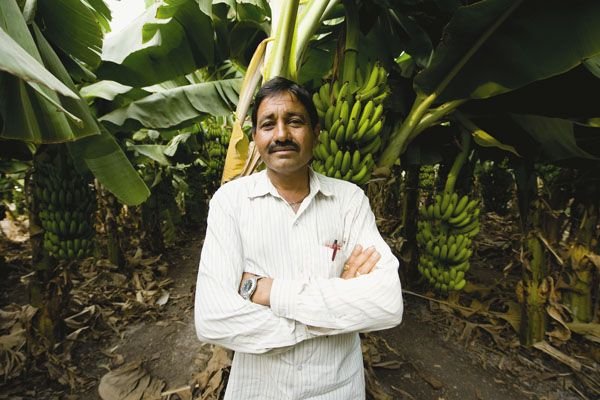

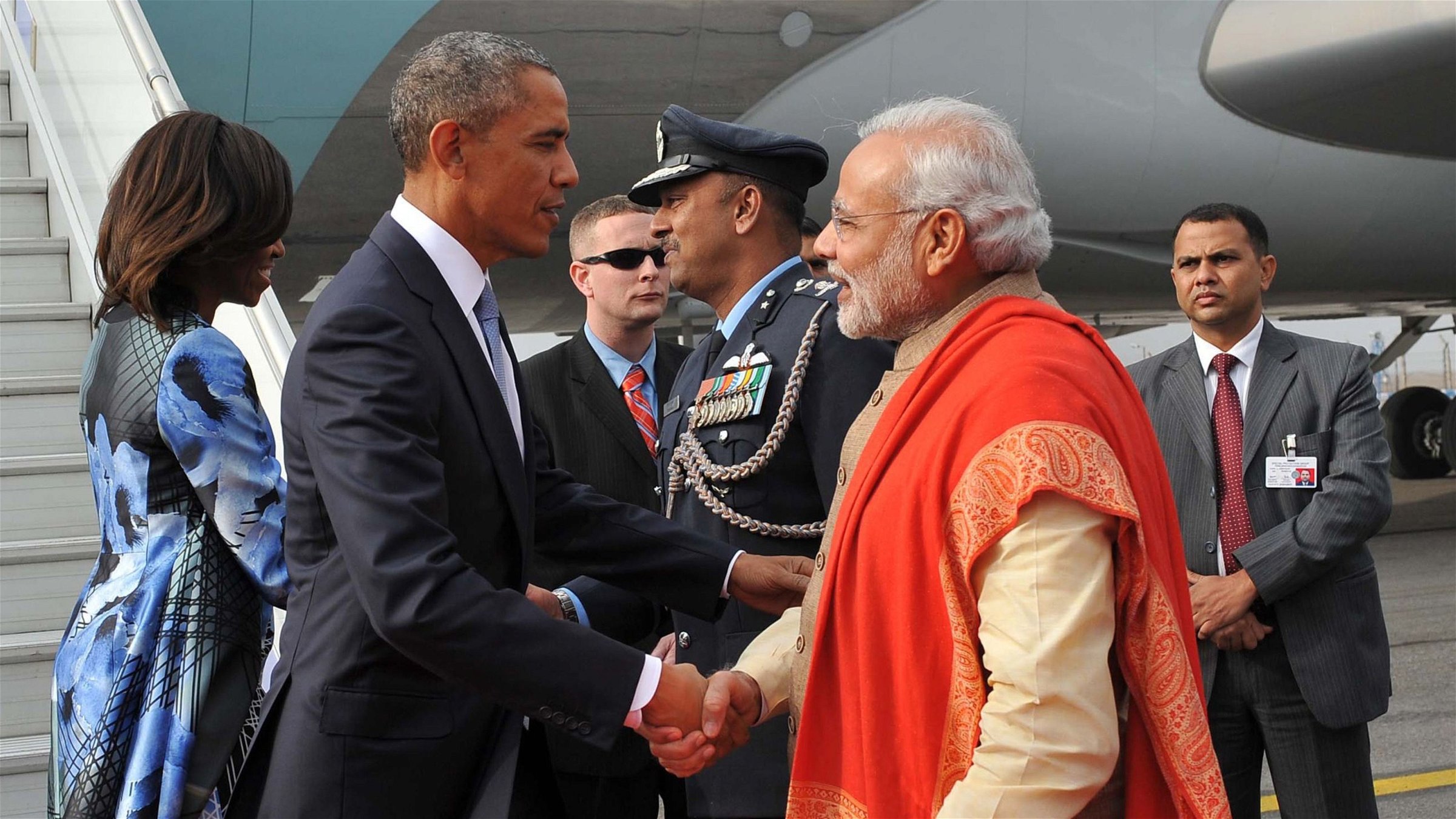
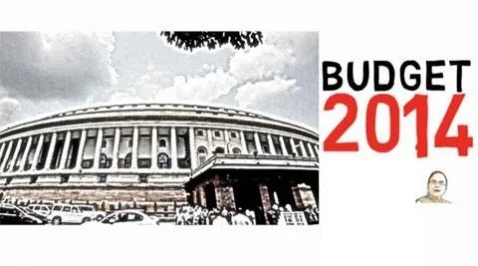
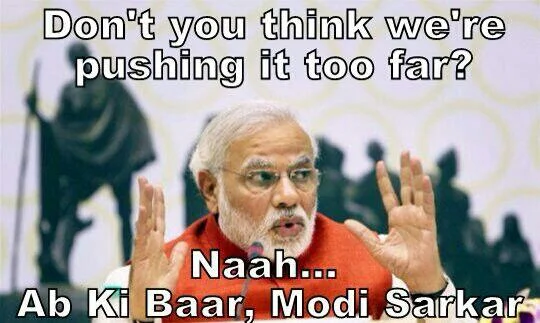
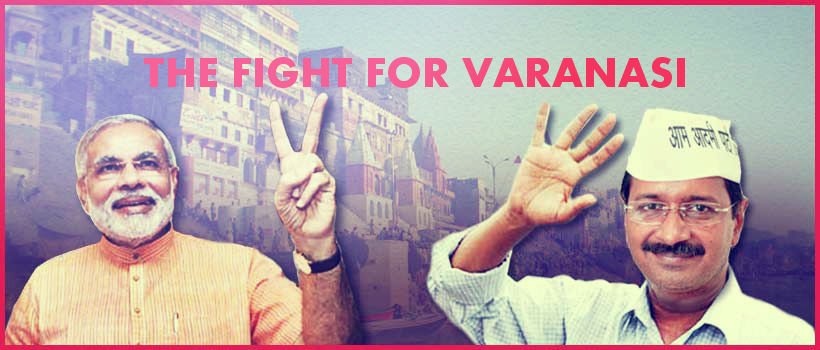
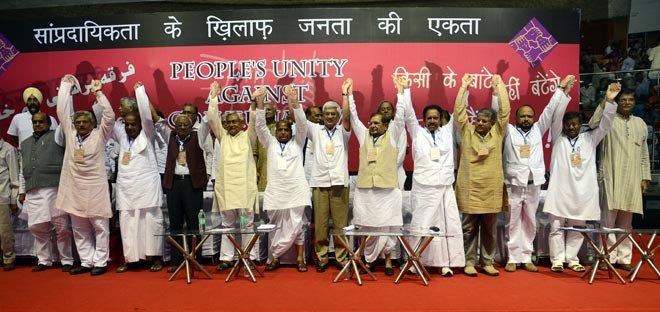
Leave A Comment